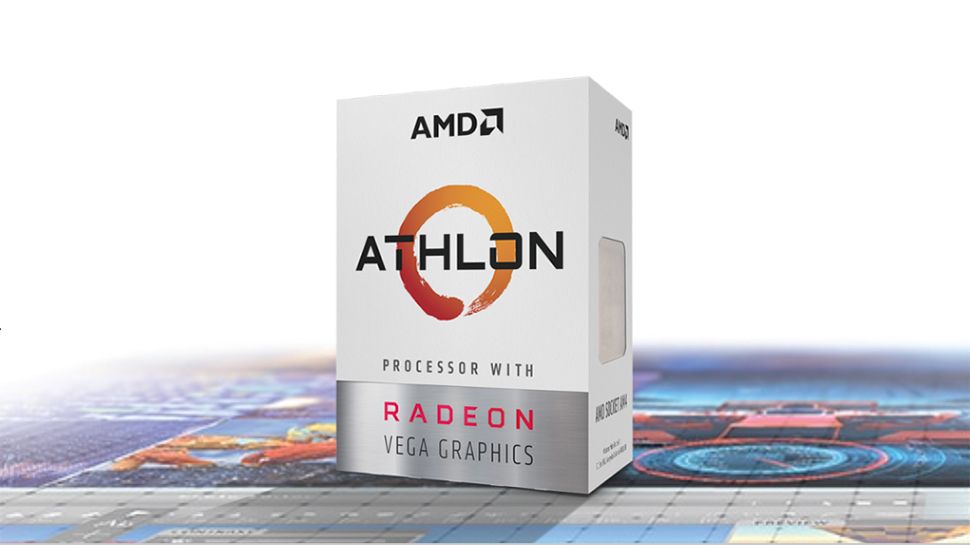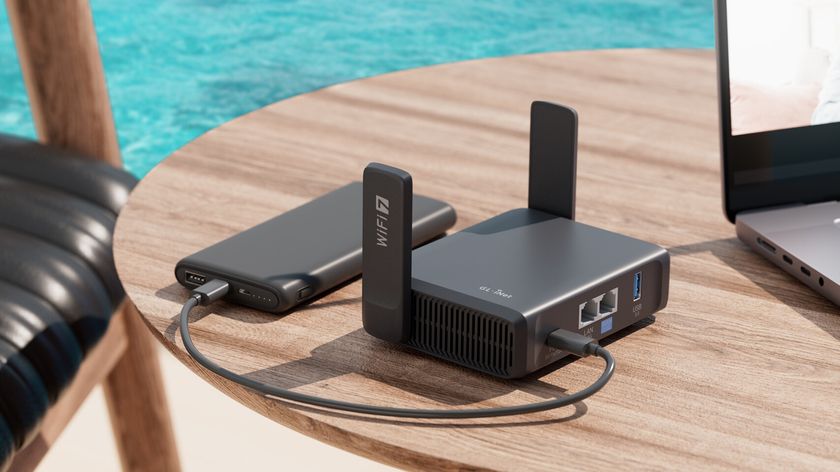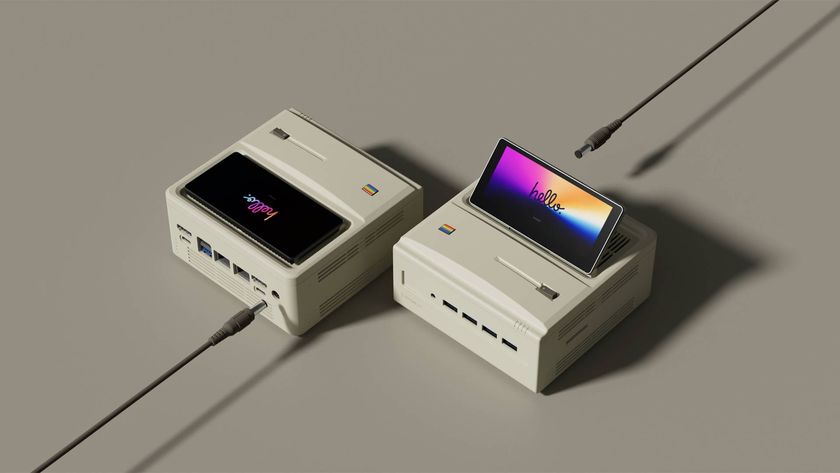AMD boosts Athlon 3000G lineup with cheap quad-core processors
Zen-based AMD Athlon processor finally get four cores

AMD has introduced its new Athlon 3000G-series APUs designed for cheap desktops which, for the first time, get four cores to compete more successfully against offerings from Intel.
The new Athlon Gold 3150G, Athlon Gold 3150Ge, and the Athlon Silver 3050GE are based on two or four AMD’s Zen+ cores with or without SMT running at 3.4 GHz – 3.9 GHz and feature basic integrated Radeon Vega 3 graphics with 192 stream processors.
The APUs do not support automatic clock boosting, but being aimed at standard and compact desktops, the new chips feature a 35W and a 65W TDP. The new CPUs will join AMD’s dual-core Athlon 3000G processor that the company has been quietly selling for a while now.
- AMD graphics cards: the best AMD GPUs you can buy today
- AMD Processors: the best AMD CPUs
- The best motherboards: the top Intel and AMD motherboards we've seen

Cheap APUs for entry-level desktops
In addition to inexpensive Athlon 3000G-series processors for consumers, AMD also rolled out its new Athlon Gold Pro and Athlon Silver Pro APUs for business desktops. The new Athlon Pro chips feature the same configurations as their consumer-aimed brethren, but come with AMD’s Pro security and remote manageability technologies.
AMD’s Athlon 3000G-series processors are compatible with AM4 motherboards featuring appropriate BIOS versions. Theoretically, all platforms that can work with AMD’s 2nd Generation Ryzen processors featuring Zen+ cores can support the new Athlon 3000G APUs, but it may take some time before motherboards makers will enable their support in new BIOS versions.
For now, AMD’s Athlon 3000G processors will be available only to OEMs and therefore to get them one will need to buy a PC.

Are you a pro? Subscribe to our newsletter
Sign up to the TechRadar Pro newsletter to get all the top news, opinion, features and guidance your business needs to succeed!
Anton Shilov is the News Editor at AnandTech, Inc. For more than four years, he has been writing for magazines and websites such as AnandTech, TechRadar, Tom's Guide, Kit Guru, EE Times, Tech & Learning, EE Times Asia, Design & Reuse.











